Donate now to support the LLIFLE projects.
Your support is critical to our success.
Your support is critical to our success.
Accepted Scientific Name: Parodia alacriportana subs. brevihamata (W.Haage) Hofacker & P.J.Braun
Cactaceae Consensus Init. 6: 10. 1998
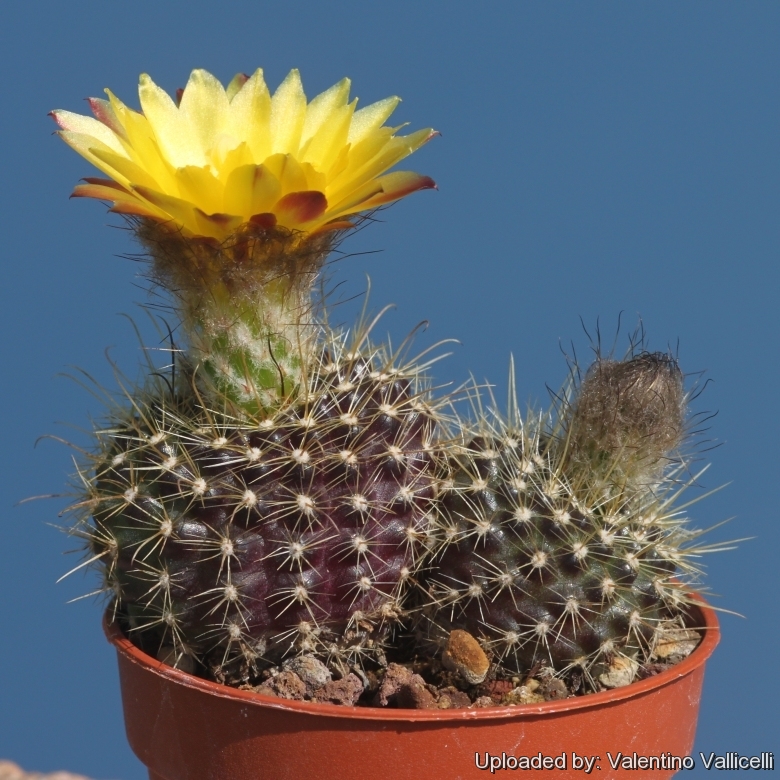
Brasiliparodia brevihamata (Parodia alacriportana subs. brevihamata) Photo by: Valentino Vallicelli
Synonyms:
- Parodia alacriportana subs. brevihamata (W.Haage) Hofacker & P.J.Braun
- Brasilicactus brevihamatus (W.Haage ex Backeb.) Doweld
- Brasiliparodia brevihamata (W.Haage) F.Ritter
- Notocactus brevihamatus (W.Haage ex Backeb.) Buxb. ex Krainz
- Parodia brevihamata W.Haage in Backeb.
See all synonyms of Parodia alacriportana
back
Accepted name in llifle Database:Parodia alacriportana Backeb. & Voll
Arch. Jard. Bot. Rio de Janeiro
Synonymy: 11
- Parodia alacriportana Backeb. & Voll
- Brasilicactus alacriportanus (Backeb.) Doweld
- Brasiliparodia alacriportana (Backeb. & Voll) F.Ritter
- Notocactus alacriportanus (Backeb. & Voll) Buxb. in Krainz
- Parodia alacriportana var. mollispina
- Brasiliparodia brevihamata var. mollispina F.Ritter
- Notocactus brevihamatus var. mollispinus (F.Ritter) S.Theun.
- Parodia brevihamata var. mollispina F.Ritter
- Parodia buenekeri var. intermedia
- Brasiliparodia buenekeri var. intermedia F.Ritter
- Nothorhipsalis buenekeri var. intermedia (F.Ritter) S.Theun.
Parodia alacriportana subs. brevihamata (W.Haage) Hofacker & P.J.Braun
Cactaceae Consensus Init. 6: 10. 1998
Synonymy: 5
- Parodia alacriportana subs. brevihamata (W.Haage) Hofacker & P.J.Braun
- Brasilicactus brevihamatus (W.Haage ex Backeb.) Doweld
- Brasiliparodia brevihamata (W.Haage) F.Ritter
- Notocactus brevihamatus (W.Haage ex Backeb.) Buxb. ex Krainz
- Parodia brevihamata W.Haage in Backeb.
Parodia alacriportana subs. buenekeri (Buining) Hofacker & P.J.Braun
Cactaceae Consensus Init. 6: 10. 1998
Synonymy: 13
- Parodia alacriportana subs. buenekeri (Buining) Hofacker & P.J.Braun
- Brasilicactus buenekeri (Buining) Doweld
- Brasiliparodia buenekeri (Buining) F.Ritter
- Notocactus buenekeri (Buining) Krainz
- Parodia buenekeri Buining
- Parodia alacriportana subs. buenekeri var. conjugens
- Brasiliparodia brevihamata f. conjugens F.Ritter
- Brasiliparodia buenekeri var. conjugens F.Ritter
- Brasiliparodia buenekeri f. conjungens F.Ritter
- Notocactus brevihamatus f. conjugens (F.Ritter) S.Theun.
- Notocactus buenekeri var. conjugens (F.Ritter) S.Theun.
- Parodia alacriportana var. conjugens
- Parodia brevihamata var. conjugens.
Parodia alacriportana subs. catarinensis (F.Ritter) Hofacker & P.J.Braun
Cactaceae Consensus Init. 6: 10. 1998
Synonymy: 5
- Parodia alacriportana subs. catarinensis (F.Ritter) Hofacker & P.J.Braun
- Brasilicactus catarinensis (F.Ritter) Doweld
- Brasiliparodia catarinensis F.Ritter
- Notocactus catarinensis (F.Ritter) S.Theun.
- Parodia catarinensis (F.Ritter) F.H.Brandt
back
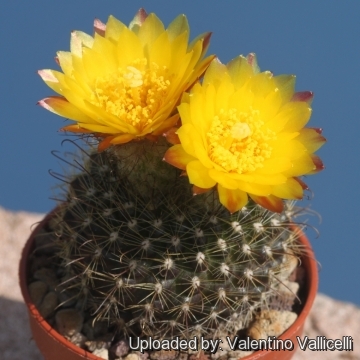
Brasiliparodia brevihamata (Parodia alacriportana subs. brevihamata) Photo by: Valentino Vallicelli
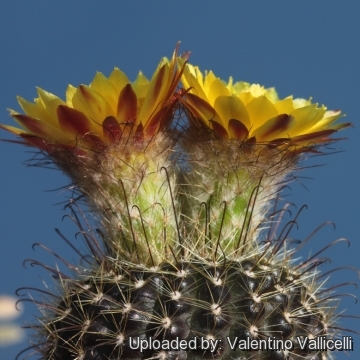
Brasiliparodia brevihamata (Parodia alacriportana subs. brevihamata) Photo by: Valentino Vallicelli
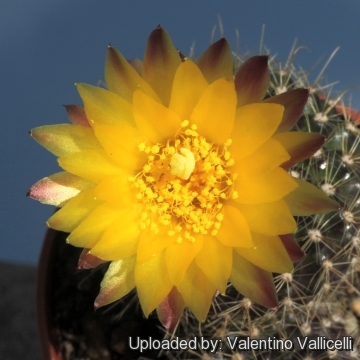
Brasiliparodia brevihamata (Parodia alacriportana subs. brevihamata) Photo by: Valentino Vallicelli
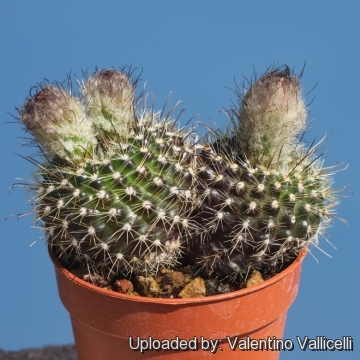
Brasiliparodia brevihamata (Parodia alacriportana subs. brevihamata) Photo by: Valentino Vallicelli
| Your Actions | |
|---|---|
| Back to Brasiliparodia index | |
| Back to Cactaceae index | |
 |
Back to Cacti Encyclopedia index |








